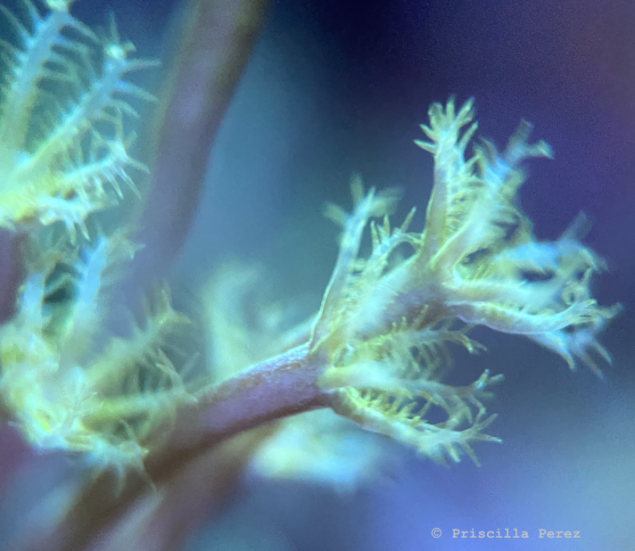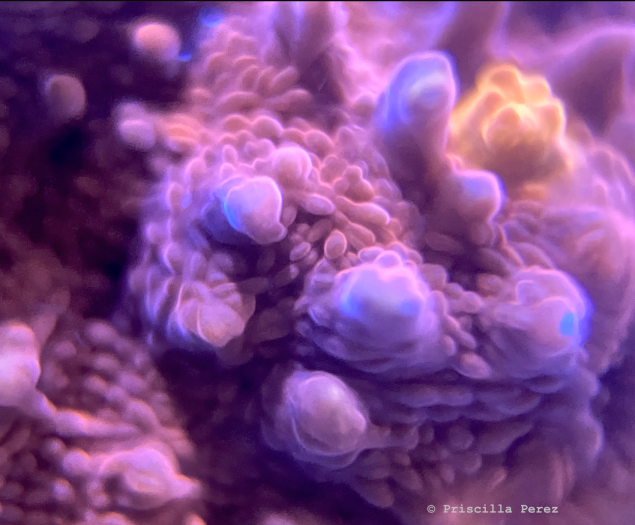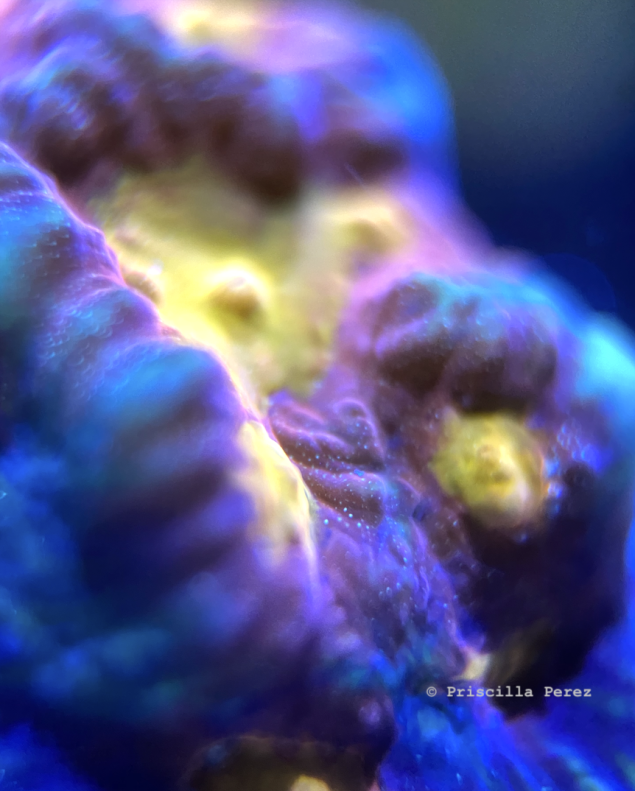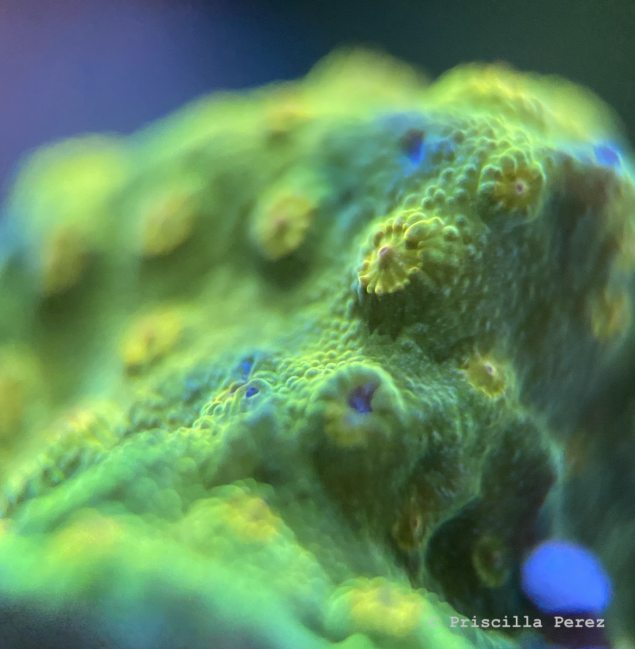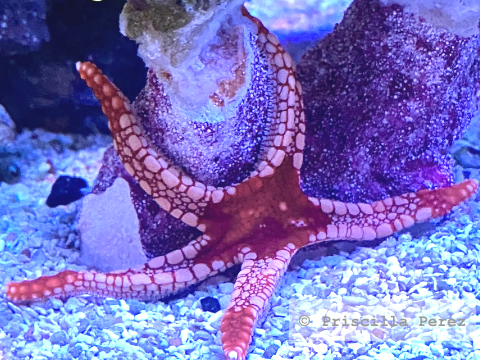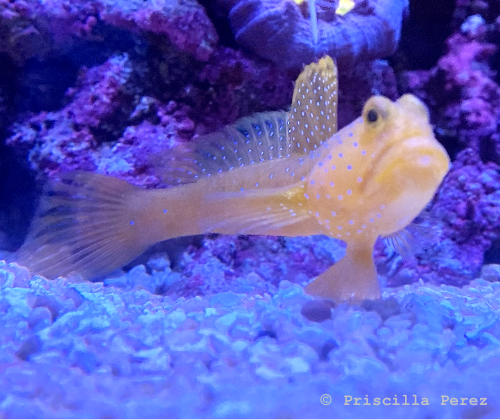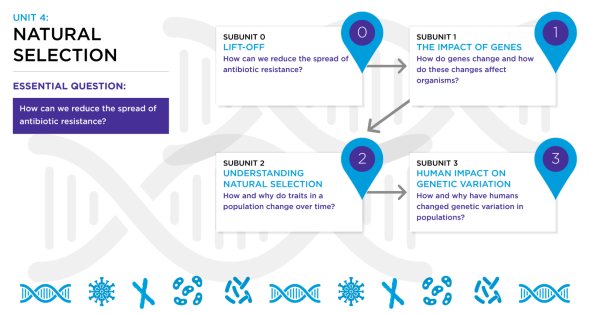
8th Grade Unit 4: Natural Selection Roadmap
This page hosts Unit 4: Natural Selection, and a roadmap of the 3 subunits that will be covered.
Subunit 1: The Impact of Genes
Link to this section
Below you will view and download:
🟩 Subunit Assessment Opportunities
🟩 5E Lesson Sequence
Subunit 1: Assessment Opportunities
Subunit 1 Assessment Opportunities
What should my students know and be able to do?
What should I prioritize?
Note: The materials below are personal recommendations from teachers in the field.
Feel free to consider your context when deciding whether to follow these suggestions.
|
|
|
|
|
|
|
|
|
|
|
|
|
|
|
|
|
|
|
|
|
|
|
|
|
|
|
|
|
|
View and download (by making a copy)- Subunit 1 Assessments
Subunit 1: 5E Lesson Sequence
Subunit Description
📂 Download ALL lessons at one time for Unit 4: Subunit 1 from this folder. 📂
In this subunit, students develop a model to explain how mutations lead to genetic changes and how these changes may result in corresponding changes in the physical appearance or behavior of an organism. During their investigations and discussions, students collect and analyze population data as they seek to understand how genetic variation due to mutations in a population may affect the survival of individuals in a population differently. Students also learn that changes in an organism’s DNA may cause changes to genes, proteins, and the expression of those proteins as specific traits. Finally, students apply their knowledge to test models explaining the link between mutations and genetic variability in populations.
| Lesson | Lesson Name | Teacher Document | Student Handout |
|---|---|---|---|
| 1 | Engage | ||
| 2 | Explore | ||
| 3 | Explain | ||
| 4 | Elaborate | 8.4 SU1 4Elaborate Teacher | |
| 5 | Evaluate | ||
📂 Download ALL lessons at one time for Unit 4: Subunit 1 from this folder. 📂
Subunit 2: Understanding Natural Selection
Link to this section
Below you will view and download:
🟩 Subunit Assessment Opportunities
🟩 5E Lesson Sequence
Subunit 2: Assessment Opportunities
Subunit 2 Assessment Opportunities
What should my students know and be able to do?
What should I prioritize?
Note: The materials below are personal recommendations from teachers in the field.
Feel free to consider your context when deciding whether to follow these suggestions.
|
|
|
|
|
|
|
|
|
|
|
|
|
|
|
|
|
|
|
|
|
|
|
|
|
|
|
|
|
|
View and download (by making a copy)- Subunit 2 Assessments
Subunit 2: 5E Lesson Sequence
Subunit Description
📂 Download ALL lessons at one time for Unit 4: Subunit 2 from this folder. 📂
In this subunit, students examine data to observe changes in a population’s physical traits over time. Students then construct arguments about why some physical traits in a population may increase and others decrease in the same environment, leading to an initial understanding of natural selection. By collecting further data through simulations involving the peppered moth, students eventually build a mechanistic explanation for how natural selection works and why it relies on genetic variability in a population. Finally, students are afforded an opportunity to and revise their explanations by applying it to the group culminating project context: antibiotic resistance.
| Lesson | Lesson Name | Teacher Document | Student Handout |
|---|---|---|---|
| 1 | Engage | ||
| 2 | Explore | ||
| 3 | Explain | ||
| 4 | Elaborate | 8.4 SU2 4Elaborate Teacher | |
| 5 | Evaluate | ||
📂 Download ALL lessons at one time for Unit 4: Subunit 2 from this folder. 📂
Subunit 3: Human Impact on Genetic Variation
Link to this section
Below you will view and download:
🟩 Subunit Assessment Opportunities
🟩 5E Lesson Sequence
Subunit 3: Assessment Opportunities
Subunit 3 Assessment Opportunities
What should my students know and be able to do?
What should I prioritize?
Note: The materials below are personal recommendations from teachers in the field.
Feel free to consider your context when deciding whether to follow these suggestions.
|
|
|
|
|
|
|
|
|
|
|
|
|
|
|
|
|
|
|
|
|
|
|
|
|
|
|
|
|
|
View and download (by making a copy)- Subunit 3 Assessments
Subunit 3: 5E Lesson Sequence
Subunit Description
📂 Download ALL lessons at one time for Unit 4: Subunit 3 from this folder. 📂
In this subunit, students examine the role that genetic engineering may play in the survival and reproduction of individuals and populations. Students then consider several real-world examples of genetic engineering to explore its implications on the survival of organisms and its societal impact. For the Individual Culminating Project, students explain the process behind the creation of a genetically modified organism. Students also discuss the benefits and drawbacks of the genetically modified organism.
| Lesson | Lesson Name | Teacher Document | Student Handout |
|---|---|---|---|
| 1 | Engage | ||
| 2 | Explore | ||
| 3 | Explain | ||
| 4 | Elaborate | 8.4 SU3 4Elaborate Teacher | |
| 5 | Evaluate | ||
📂 Download ALL lessons at one time for Unit 4: Subunit 3 from this folder. 📂
Unit 4: Natural Selection Documents
Link to this section
Below you will view and download: Unit Plan, Standards, Culminating Project Assessments and Rubrics, Common Misconceptions, Materials, Unit 0: Lift-Off Lessons and Resources.
8.4 Natural Selection: Overview
Overview
In this unit, students construct explanations and develop models to understand the inheritance of traits in a population, the importance of genetic variation, and the role of mutations in natural selection and the survival of a population. Students also demonstrate an understanding of how humans use genetic engineering to influence the genetic variation seen in a population.
For the Group Culminating Project, students work together to construct an explanation of how antibiotic resistance occurs and strategies to help reduce its spread. For the Individual Culminating Project, each student constructs an explanation of a specific case of genetic engineering and outlines the benefits and drawbacks of the genetically modified organism.
8.4 Natural Selection: Unit Plan
Unit 4: Natural Selection - Unit Plan
|
|
||
|
|
||
|
]
[Clarification Statement: Emphasis is on using mathematical models, probability statements, and proportional reasoning to support explanations of trends in changes to populations over time.] [Assessment Boundary: Assessment does not include Hardy Weinberg calculations.]
|
|
|
|
|
||
|
|
||
|
|
||
|
|
||
|
|
||
|
|
||
|
|
||
|
|
||
|
|
||
|
|
|
|
|
|
||||
|
|
|
|
|
|
|
|
|
|
|
|
|
|
|
|
|
|
|
|
|
|
||
|
|
|
|||
|
|
||||
|
|
|
|
||
|
|
|
|||
|
|
||||
|
|
|
|
|
|
|
|
|
|
|
|
|
|
|
|
|
|
|
|
|
|||
|
|
|
|||
|
|
|
|
||
|
|
|
|
|
|
|
|
|
|
||
|
|
|
|
||
“Disciplinary Core Ideas, Science and Engineering Practices, and Crosscutting Concepts” are reproduced verbatim from A Framework for K-12 Science Education: Practices, Crosscutting Concepts, and Core Ideas. DOI: https://doi.org/10.17226/13165. National Research Council; Division of Behavioral and Social Sciences and Education; Board on Science Education; Committee on a Conceptual Framework for New K-12 Science Education Standards. National Academies Press, Washington, DC. This material may be reproduced for noncommercial purposes and used by other parties with this attribution. If the original material is altered in any way, the attribution must state that the material is adapted from the original. All other rights reserved.
8.4 Natural Selection: Standards
Natural Selection
Next Generation Science Standards Performance Expectations
|
|
Assessment Boundary: Assessment does not include specific changes at the molecular level, mechanisms for protein synthesis, or specific types of mutations.] |
|
|
[Clarification Statement: Emphasis is on using simple probability statements and proportional reasoning to construct explanations.] |
|
|
|
|
|
Assessment Boundary: Assessment does not include Hardy Weinberg calculations.] |
NGSS Lead States. 2013. Next Generation Science Standards: For States, By States. Washington, DC: The National Academies Press.
Disciplinary Core Ideas
LS3.A: Inheritance of Traits
- Genes are located in the chromosomes of cells, with each chromosome pair containing two variants of each of many distinct genes. Each distinct gene chiefly controls the production of specific proteins, which in turn affects the traits of the individual. Changes (mutations) to genes can result in changes to proteins, which can affect the structures and functions of the organism and thereby change traits.
LS3.B: Variation of Traits
- In addition to variations that arise from sexual reproduction, genetic information can be altered because of mutations. Though rare, mutations may result in changes to the structure and function of proteins. Some changes are beneficial, others harmful, and some neutral to the organism.
LS4.B: Natural Selection
- Natural selection leads to the predominance of certain traits in a population, and the suppression of others.
- In artificial selection, humans have the capacity to influence certain characteristics of organisms by selective breeding. One can choose desired parental traits determined by genes, which are then passed onto offspring.
LS4.C: Adaptation
- Adaptation by natural selection acting over generations is one important process by which species change over time in response to changes in environmental conditions. Traits that support successful survival and reproduction in the new environment become more common; those that do not become less common. Thus, the distribution of traits in a population changes.
Science and Engineering Practices
Developing and Using Models
Modeling in 6–8 builds on K–5 experiences and progresses to developing, using, and revising models to describe, test, and predict more abstract phenomena and design systems.
- Develop and use a model to describe phenomena.
Constructing Explanations and Designing Solutions
Constructing explanations and designing solutions in 6–8 builds on K–5 experiences and progresses to include constructing explanations and designing solutions supported by multiple sources of evidence consistent with scientific ideas, principles, and theories.
- Construct an explanation that includes qualitative or quantitative relationships between variables that describe phenomena.
Obtaining, Evaluating, and Communicating Information
Obtaining, evaluating, and communicating information in 6–8 builds on K–5 experiences and progresses to evaluating the merit and validity of ideas and methods.
- Gather, read, and synthesize information from multiple appropriate sources and assess the credibility, accuracy, and possible bias of each publication and methods used, and describe how they are supported or not supported by evidence.
*Using Mathematics and Computational Thinking (Focal Practice)
Mathematical and computational thinking in 6–8 builds on K–5 experiences and progresses to identifying patterns in large data sets and using mathematical concepts to support explanations and arguments.
- Use mathematical representations to support scientific conclusions and design solutions.
Crosscutting Concepts
*Structure and Function (Focal Crosscutting Concept)
- Complex and microscopic structures and systems can be visualized, modeled, and used to describe how their function depends on the shapes, composition, and relationships among its parts, therefore complex natural structures/systems can be analyzed to determine how they function.
Cause and Effect
- Phenomena may have more than one cause, and some cause and effect relationships in systems can only be described using probability.
“Disciplinary Core Ideas, Science and Engineering Practices, and Crosscutting Concepts” are reproduced verbatim from A Framework for K-12 Science Education: Practices, Crosscutting Concepts, and Core Ideas. DOI: https://doi.org/10.17226/13165. National Research Council; Division of Behavioral and Social Sciences and Education; Board on Science Education; Committee on a Conceptual Framework for New K-12 Science Education Standards. National Academies Press, Washington, DC. This material may be reproduced for noncommercial purposes and used by other parties with this attribution. If the original material is altered in any way, the attribution must state that the material is adapted from the original. All other rights reserved.
Connections to the Nature of Science
Science Addresses Questions About the Natural and Material World
- Scientific knowledge can describe the consequences of actions but does not necessarily prescribe the decisions that society takes.
Connections to Engineering, Technology, and Applications of Science
Interdependence of Science, Engineering, and Technology
- Engineering advances have led to important discoveries in virtually every field of science, and scientific discoveries have led to the development of entire industries and engineered systems.
NGSS Lead States. 2013. Next Generation Science Standards: For States, By States. Washington, DC: The National Academies Press.
Link to Connect the 8th Grade Natural Selection Unit with Prior Knowledge.
8.4 Natural Selection: Culminating Project Assessments and Rubrics
Culminations Project Assessments and Rubrics
📂Download ALL files at one time from the 8.4 Culminating Project Assessments folder.📂
| Culminating Project File Docs |
|---|
| 8.4 Main–Culminating Projects |
| 8.4 Oral Presentation Rubric |
| 8.4 Science Content Rubric |
| 8.4 Science and Engineering Practices Rubric |
📂Download ALL files at one time from the 8.4 Culminating Project Assessments folder.📂
8.4 Natural Selection: Common Misconceptions
Common Misconceptions
View and download (by making a copy) 8.4 Common Misconceptions
Subunit 1: The Impact of Genes
|
|
|
|
|
|
|
|
(http://assessment.aaas.org/topics/1/RH/302#/0) |
|
|
|
|
|
|
|
|
|
|
|
|
|
|
|
|
|
(http://assessment.aaas.org/topics/1/RH/300#/0) |
|
|
(http://assessment.aaas.org/topics/1/RH/300#/0) |
|
|
(http://assessment.aaas.org/topics/1/RH/300#/0) |
|
|
(http://assessment.aaas.org/topics/1/RH/300#/0) |
|
|
(http://assessment.aaas.org/topics/1/EN/264#/0) |
|
|
(http://assessment.aaas.org/topics/1/EN/264#/0) |
Subunit 2: Understanding Natural Selection
|
|
|
|
|
AAAS Concepts (http://assessment.aaas.org/topics/1/EN/264#/01) |
|
|
|
|
|
|
|
|
(http://assessment.aaas.org/topics/1/EN/264#/01) |
|
|
|
|
|
|
|
|
|
|
|
|
Subunit 3: Human Impact on Genetic Variation
|
|
|
|
|
|
|
|
|
|
|
|
View and download (by making a copy) 8.4 Common Misconceptions
8.4 Natural Selection: Materials
Materials
The Unit 4: Natural Selection Materials table includes all of the items needed to teach five sections of this unit in a classroom of 32 students (eight groups of four). A detailed breakdown of how these items are used throughout the unit can be found in your Teacher Background Section at the subunit level and in each individual lesson in your Teacher Edition.
- Permanent materials have already been provided to all middle schools in the district and are expected to be reused from year to year.
- Consumable materials are replenished on an as-needed basis from year to year.
- Teacher-provided materials must be supplied by teachers each year.
Unit 4: Natural Selection Materials
|
|
|
|
|
|
|
8.4 Natural Selection: Subunit 0: Lift-Off Lessons
Subunit 0: Lift-Off
📂 Download ALL lessons at one time for Subunit 0: Lift-Off from this folder.📂
Lessons
| Lift-Off Lesson Documents |
|---|
| 8.4 SU0 Liftoff Slides |
| 8.4 SU0 Liftoff Groupwork Slides |
| 8.4 SU0 Liftoff Teacher |
| 8.4 SU0 Liftoff Student |
📂 Download ALL lessons at one time for Subunit 0: Lift-Off from this folder.📂
8.4 Natural Selection: Want to know more about this unit?
Want to know more about this unit?
Resources
Here are some resources for Unit 8.4 Natural Selection:
Lift-Off
The Immune System, Antibiotics, and Antibiotic Resistance
National Institute of Health: Overview of the Immune System
“Overview of the Immune System.” National Institute of Health. Accessed December 30, 2020.
(https://www.niaid.nih.gov/research/immune-system-overview)
American Museum of Natural History: Health and Our Microbiome
“Health and Our Microbiome.” American Museum of Natural History. Accessed December 30, 2020.
(https://www.amnh.org/explore/science-topics/microbiome-health/meet-your-microbiome)
Centers for Disease Control and Prevention: Antibiotic/Antimicrobial Resistance
“Antibiotic/Antimicrobial Resistance.” Centers for Disease Control and Prevention. Accessed December 30, 2020. (https://www.cdc.gov/drugresistance/index.html)
American Museum of Natural History: Bacteria Evolving: Tracing the Origins of a MRSA Epidemic
“Bacteria Evolving: Tracing the Origins of a MRSA Epidemic.” American Museum of Natural History. Accessed December 30, 2020.
(https://www.amnh.org/learn-teach/curriculum-collections/bacteria-evolving-tracing-the-origins-of-a-mrsa-epidemic)
Subunit 1: The Impact of Genes
Mutations
Harwood, Jessica, Douglas Wilkin, Doris Kraus, Niamh Gray-Wilson, Jean Brainard, Sarah Johnson, Jane Willan, and Corliss Karasov. “Mutation.” CK. CK-12 Foundation, July 4, 2019. https://www.ck12.org/c/life-science/mutation/lesson/Mutations-MS-LS/?referrer=concept_details.
Genetics
CK-12: Molecular Genetics
Harwood, Jessica, Douglas Wilkin, Doris Kraus, Niamh Gray-Wilson, Jean Brainard, Sarah Johnson, Jane Willan, and Corliss Karasov. “Molecular Genetics Overview.” CK. CK-12 Foundation, July 4, 2019. https://www.ck12.org/c/life-science/molecular-genetics/lesson/Modern-Genetics-MS-LS/?referrer=concept_details.
Traits and Heredity
Strategic Education Research Partnership (SERP): Traits and Heredity
“Traits and Heredity.” Brown Bunnies • Scene [L3.1] SciGen SERP. Accessed November 20, 2019. https://serpmedia.org/scigen/l3.1.html.
Subunit 2: Understanding Natural Selection
Natural Selection
“Natural Selection.” Natural Selection • Unit [L4] SciGen SERP. Accessed November 20, 2019. https://serpmedia.org/scigen/l4.html.
SERP: Peppered Moth
“Natural Selection.” Peppered Moth • Reading [L4.2] SciGen SERP. Accessed November 20, 2019. https://serpmedia.org/scigen/l4.2.html.
“Natural Selection.” Animal Adaptations & Survival • Conversation [L4.4] SciGen SERP. Accessed November 20, 2019. https://serpmedia.org/scigen/l4.4.html.
CK-12: Life Science: Natural Selection
CK-12 Foundation. “12 Foundation.” CK. CK-12 Foundation. Accessed November 20, 2019. https://www.ck12.org/c/life-science/natural-selection/.
Howard Hughes Medical Institute (HHMI): Biointeractive: Natural Selection and Adaptation
“Developing an Explanation for Mouse Fur Color.” HHMI BioInteractive, July 6, 2017. https://www.biointeractive.org/classroom-resources/developing-explanation-mouse-fur-color.
HHMI: Biointeractive: Evolution
“Simulating Evolution of a Rock Pocket Mouse Population.” HHMI BioInteractive. Accessed November 20, 2019. https://www.biointeractive.org/classroom-resources/simulating-evolution-rock-pocket-mouse-population.
Subunit 3: Human Impact on Genetic Variation
Genetic Engineering
CK-12: Life Science: Biotechnology in Agriculture
Harwood, Jessica, Douglas Wilkin, Doris Kraus, Niamh Gray-Wilson, Jean Brainard, Sarah Johnson, Jane Willan, and Corliss Karasov. “Agriculture.” CK. CK-12 Foundation, July 4, 2019.
https://www.ck12.org/c/life-science/agriculture/lesson/Biotechnology-in-Agriculture-MS-LS/?referrer=concept_details.
HHMI: Biointeractive: Genetically Modified Mosquitoes
“Genetically Modified Mosquitoes.” HHMI BioInteractive, March 12, 2018. https://www.biointeractive.org/classroom-resources/genetically-modified-mosquitoes.
HHMI: Biointeractive: The Science of Transgenic Technology
“Learning from Mice: The Science of Transgenic Technology.” HHMI BioInteractive. Accessed November 20, 2019. https://www.biointeractive.org/classroom-resources/learning-mice-science-transgenic-technology.
HHMI: Biointeractive: Genetic Engineering
“DNA Cloning with Plasmids.” HHMI BioInteractive. Accessed November 20, 2019. https://www.biointeractive.org/classroom-resources/dna-cloning-plasmids.
Assessment Practice Items
Stanford University: Stanford NGSS Assessment Project, Short-Response Items
“Short-Response Items.” Short-response items | Stanford NGSS Assessment Project. Accessed November 18, 2019. https://snapgse.stanford.edu/snap-assessments/short-response-items.
Other Resources in 8.4 Natural Selection
Artificially Selecting Dogs. Accessed November 20, 2019. https://ucmp.berkeley.edu/education/lessons/breeding_dogs/.
“Chapter 1.” All About Wolves. n.d.
https://thetruthaboutwolvesbook.weebly.com/chapter-1.html.
Charles, Dan. “In A Grain Of Golden Rice, A World Of Controversy Over GMO Foods.” NPR. NPR, March 7, 2013. https://www.npr.org/sections/thesalt/2013/03/07/173611461/in-a-grain-of-golden-rice-a-world-of-contrversy-over-gmo-foods.
“Evolution BT Corn Genes and Bug Genes,” August 9, 2007. https://www.youtube.com/watch?v=n9xpKx03g9M.
“Genetically Modified Mouse.” Wikipedia. Wikimedia Foundation, April 14, 2020. https://en.wikipedia.org/wiki/Genetically_modified_mouse.
“Hunting & Feeding Behavior.” International Wolf Center. n.d. 2020. https://wolf.org/wolf-info/basic-wolf-info/biology-and-behavior/hunting-feeding-behavior/.
View and download (by making a copy) of Resources
Note: The CC BY-NC 4.0 License does not apply to photos, images, articles, and other materials within the curriculum that have been licensed by San Francisco Unified School District and Stanford University (the Authors). These include but are not limited to photos from commercial stock photo/image agencies such as Shutterstock.com or Getty Images (iStock.com) and photos or graphics where the Authors obtained permission from organizations such as UCMP or SERP. This CC BY-NC 4.0 License also does not apply to articles that the Authors received permission to reprint [Reprinted with Permission]. You can identify such a photo, image, or licensed material by looking at the credit embedded within or associated with the content. You are allowed to reproduce the licensed material for your own personal, classroom, non-commercial use only, BUT (i) you may not modify, alter, adapt, or otherwise create any derivative work from, a licensed material and (ii) you may not distribute, transmit or disseminate a licensed material or any copy or derivative work thereof, to any third party, whether by itself, as part of a large works, or otherwise.
Note also, that throughout the student pages, there are some icons created by SFUSD and Stanford that may not have a credit line because of lack of space.
The general icons that follow were created by the San Francisco Unified School District and Stanford University and are all [CC BY-NC 4.0]:
These culminating project icons that follow were created or photographed by the San Francisco Unified School District and Stanford University and are all [CC BY-NC 4.0]:
8th Grade Science Units Link to this section
This page was last updated on July 25, 2023


